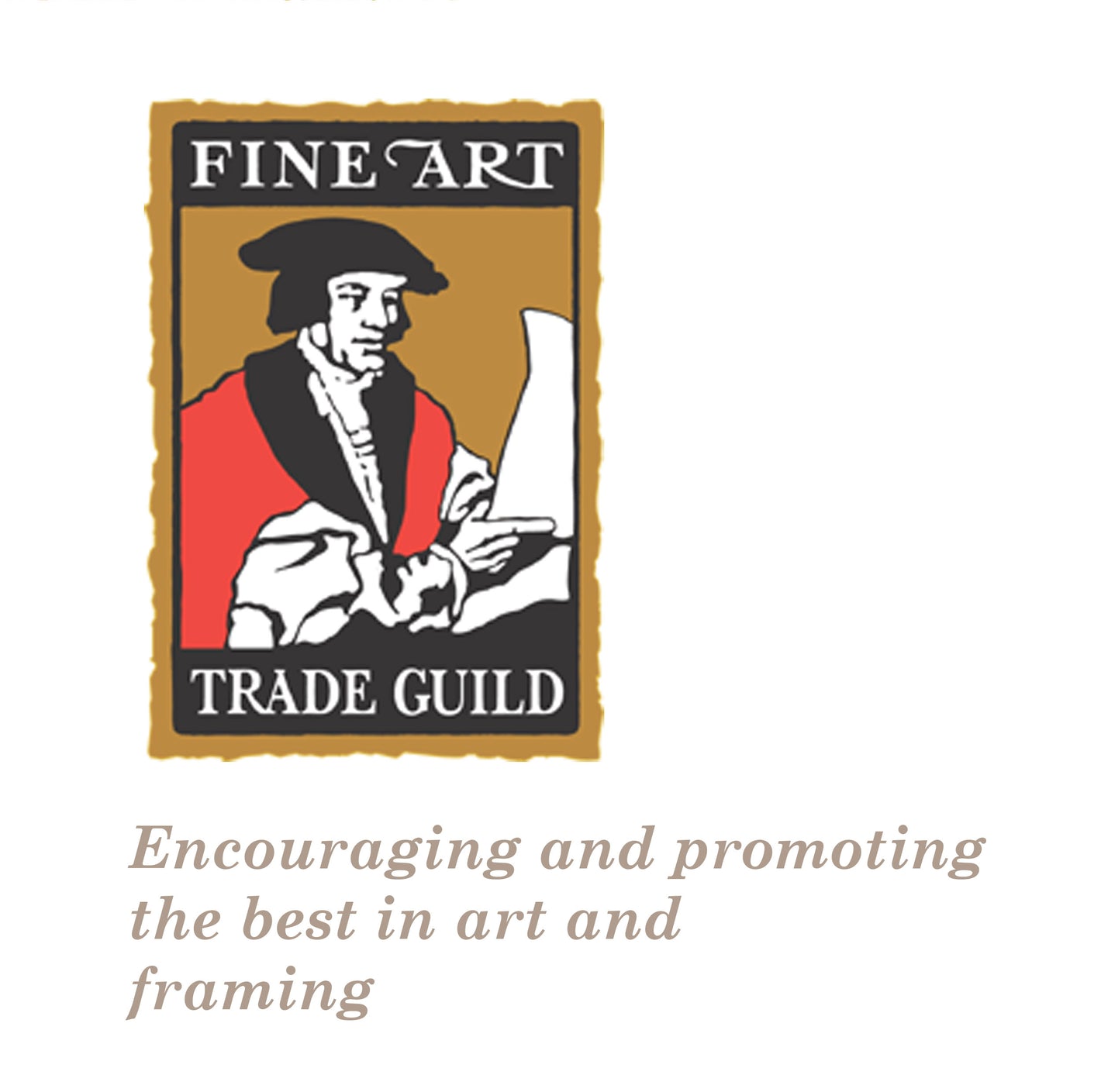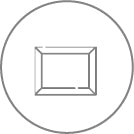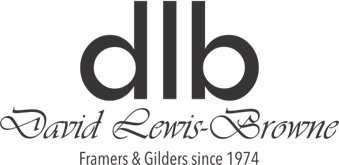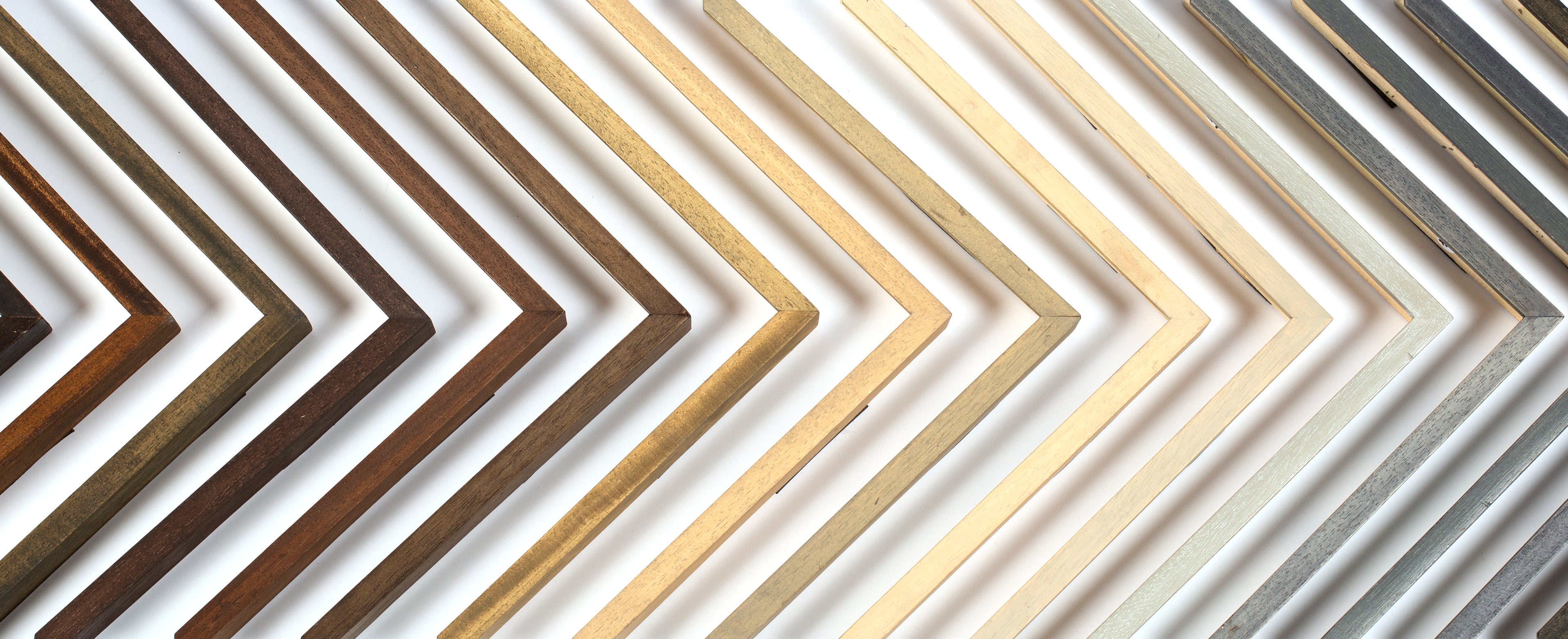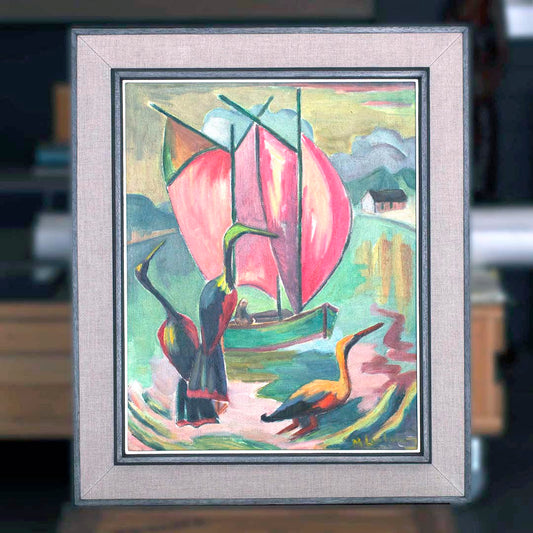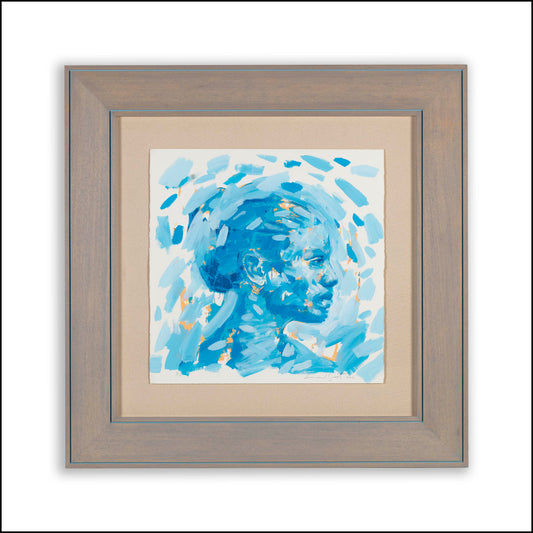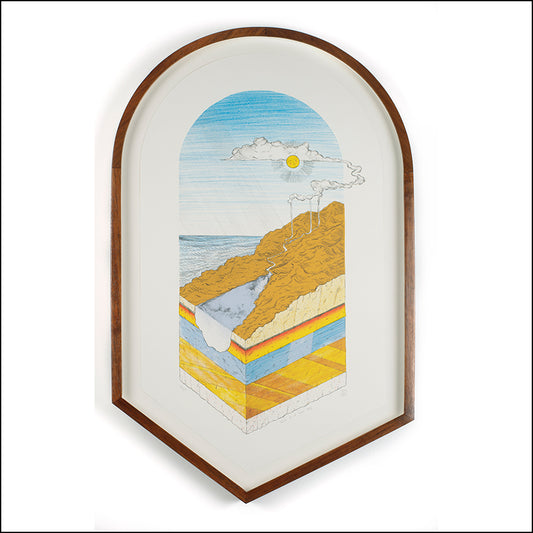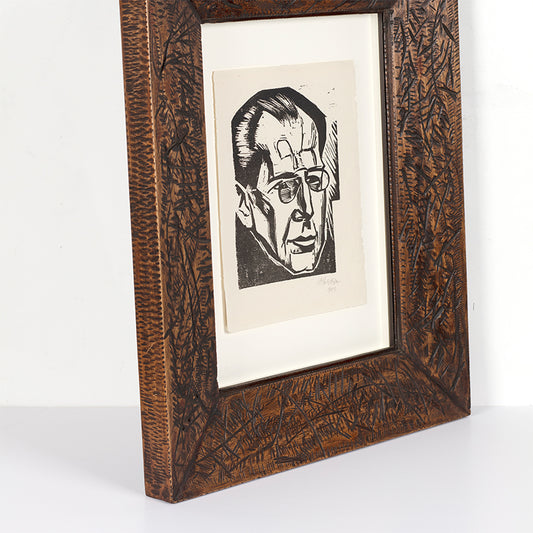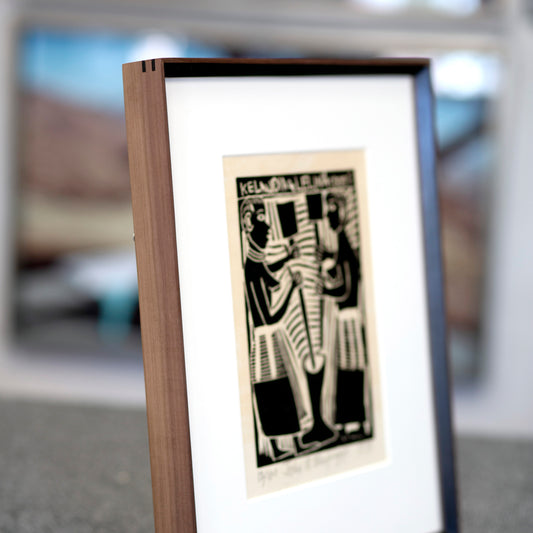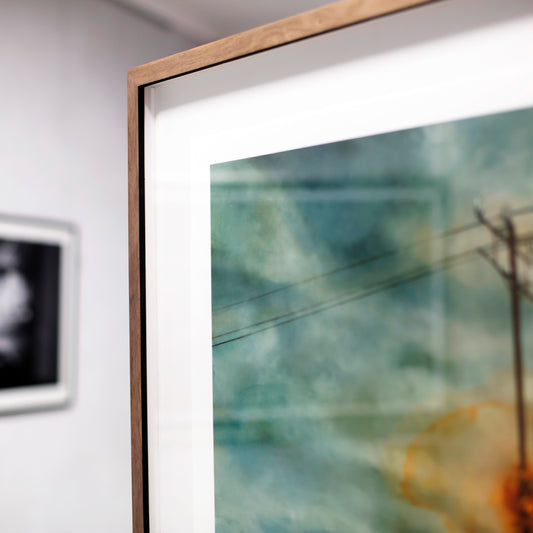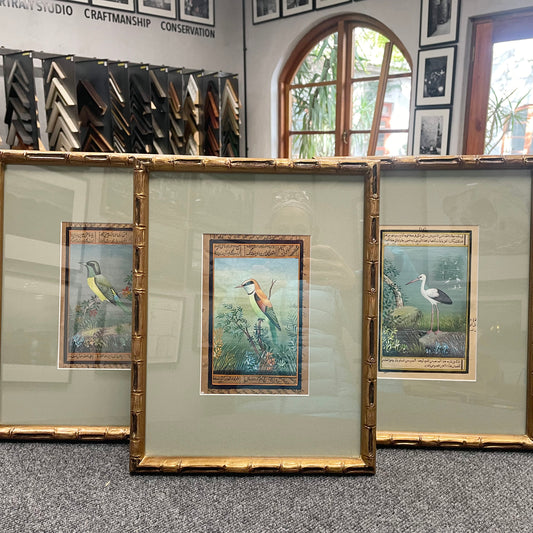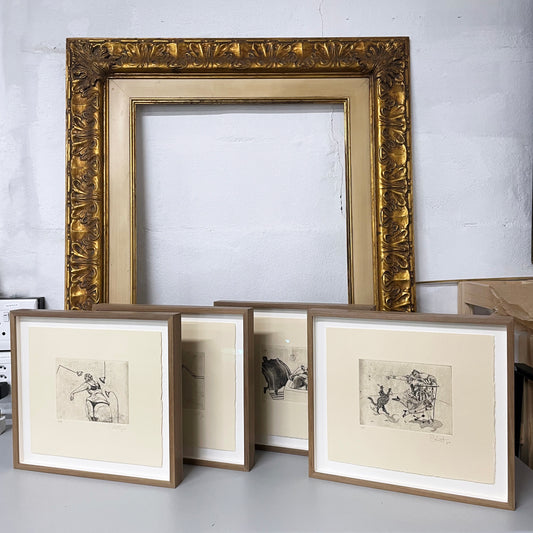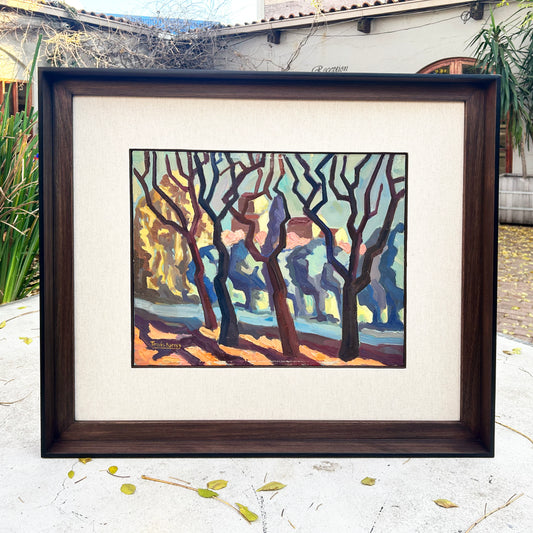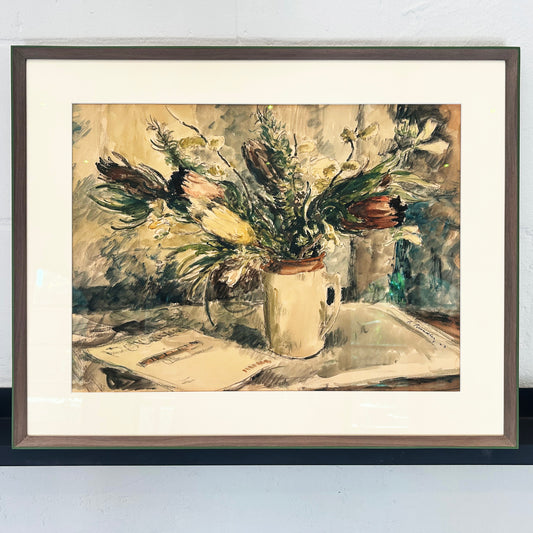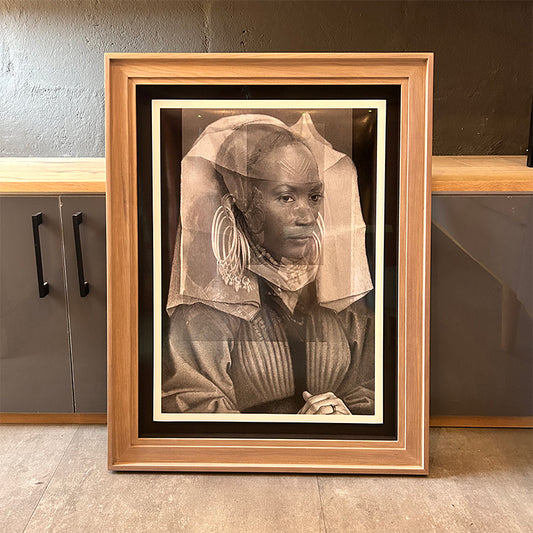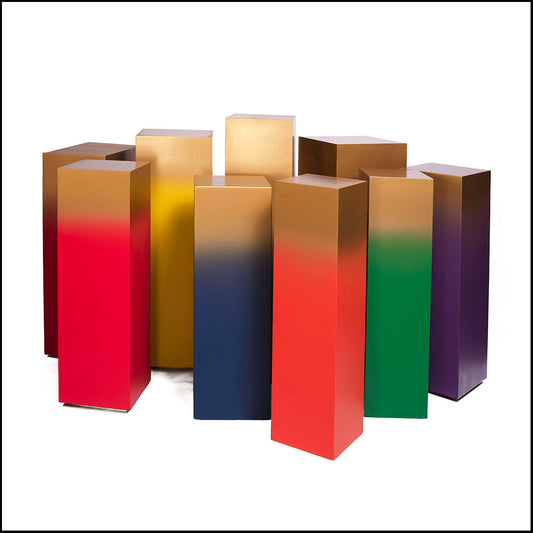-
-
-
-
-
CUSTOM FRAMES AND PLINTHS
Class 1 – 100% Cotton boards are the purest form of natural cellulose, requiring minimal processing. They are naturally acid-free and have a proven track record of performance in providing maximum protection. These boards are commonly used by museums to frame original artwork, fine prints, and precious documents. However, their availability is limited to various shades of white.
Class 2 – These boards are classified as conservation quality and are made from chemically purified pulp. Through this process, all potentially damaging substances are eliminated. As a result, the boards are acid-neutral and maintain a pure white bevel over time without causing harm to the artwork. Similar to Class 1, they are available in various shades of white but have limited options. It is a more economic option to class 1 board while maintaining the conservation option.
Class 3 – This non-archival category offers a wide range of colors and is the most cost-effective option. It includes boards with black cores and vibrant face papers, ideal for framing when conservation quality materials are not required. While these boards are acid-free, their pH-neutral quality is not maintained indefinitely.
Conservation hinging - To ensure the utmost care and reversibility, we meticulously assess your artwork, taking into consideration factors such as paper weight, type, and condition. This assessment enables us to make informed decisions regarding the most appropriate hinging options. Whenever feasible, we prioritize non-adhesive hinging techniques, such as photo/mounting corners, polyethylene strapping, and mounting strips. Alternatively, we employ Japanese tissue hinges applied with refined wheat starch paste.
Acid free hinging - Moreover, our acid-free hinging techniques provide an additional layer of protection. We utilize tear-resistant paper and coated age-resistant acrylic adhesive to hinge artworks that do not necessitate the use of wheat paste and rice paper hinges. Both the adhesive and paper undergo buffering, resulting in a pH of 8.7 when aged. This buffering process ensures that the tape remains acid-free for decades after application. However, it’s important to note that although this tape is neutral and acid-free, it is not considered archival.
Dry Mounting - For certain framing scenarios, we offer dry mounting, a process that involves securely adhering your picture to a rigid foam board using a heated vacuum machine. This technique effectively prevents and eliminates wrinkles in prints over time. However, it’s crucial to be aware that dry mounting is a non-reversible process. Consequently, we advise against using this method for valuable artwork where preservation and reversibility are paramount considerations.
Art Glass - Our selection of art glass is specifically chosen to enhance the visual experience of your artwork while ensuring its protection. With our “invisible” glass, you can enjoy the true colours and textures of your art without worrying about fading. Art Glass AR 70 is a remarkable option, offering virtually invisible glass with a smooth surface that allows every detail to shine through unaltered. Its exceptional clarity and transparency make it an ideal choice for displaying your artwork. For those seeking a balance between protection and clarity, Art Glass AR 92 is the perfect solution. It provides 92% UV protection and over 98% light transmission, ensuring your artwork remains safeguarded while maintaining its stunning visual appeal.
To learn more about our Art Glass options, please visit: https://www.groglass.com/product/artglass-ar-70/
Plexi Glass - We utilize high-quality 4mm Plexiglass GS cast acrylic for our framing projects. This Plexi glass offers outstanding advantages, including 92% UV resistance. Its colorless and clear properties ensure that your artwork retains its true appearance without any unwanted tint. Additionally, Plexi glass is highly durable, break and impact resistant, as well as resistant to weathering and aging. For enhanced UV protection, we also offer a Gallery grade option for Plexi glass, which provides 100% UV resistance, although it comes at a higher cost.
Standard glass - Our standard glass options, with a thickness ranging from 2mm to 3mm, offer a cost-effective solution for protecting your artwork. While they may not provide the same level of UV resistance as our specialized glass options, they still provide adequate protection and serve as a budget-friendly choice for many pictures. We recommend consulting with our experts to determine the best application for standard glass and whether it should be placed directly onto your print or photograph.
Whether you are looking for a simple, economical solution or a completely custom frame, we are dedicated to working with you to design the perfect frame that will both protect and enhance your artwork. At our company, we prioritize the use of the highest quality materials sourced from sustainable sources. You have the option to choose from a wide selection of dense solid wood or aluminum moulding, which can be finished with a natural, painted, stained, or gilded finish.
See our profile list here: 1. Natural wood2. Aluminium3. Hardwood
With our expertise and commitment to craftsmanship, we assure you that we can create a frame tailored to your unique specifications. Our frames not only provide the necessary protection for your artwork but also elevate its visual appeal. Whether you have a cherished family photograph or a valuable piece of art, we are here to provide you with a frame
We take great pride in our ability to customize and design something completely unique. With our workshop equipped with state-of-the-art industrial machines and skilled craftsmen, we have the capability to make just about anything you envision. From frames measuring up to 5 meters in length to oval or round frames, and even rotating plinths, the possibilities are endless.
We love embracing the challenge of creating innovative and extraordinary pieces that stand out. Our team thrives on pushing the boundaries of traditional framing to deliver truly exceptional and personalized designs.
With our extensive resources and technical expertise, we can turn your creative ideas into reality. Whether you have a specific concept in mind or need guidance in developing a unique design, we are here to bring your vision to life.
From the initial concept to the final product, our skilled craftsmen are dedicated to delivering exceptional craftsmanship and attention to detail. We believe in going above and beyond to ensure that your custom-made creation exceeds your expectations.
Unleash your creativity and let us transform your ideas into stunning, one-of-a-kind pieces.
